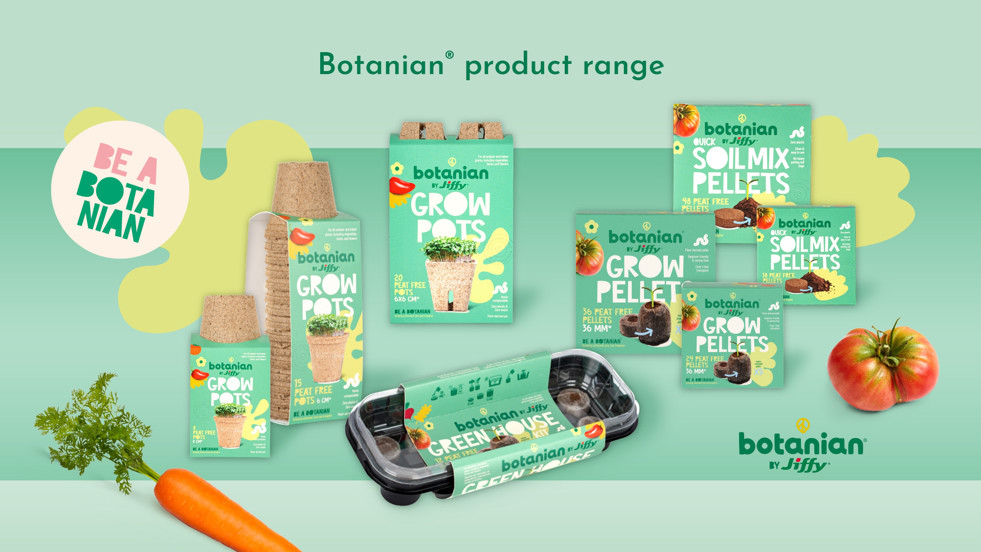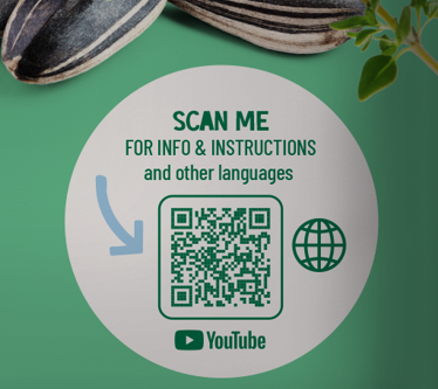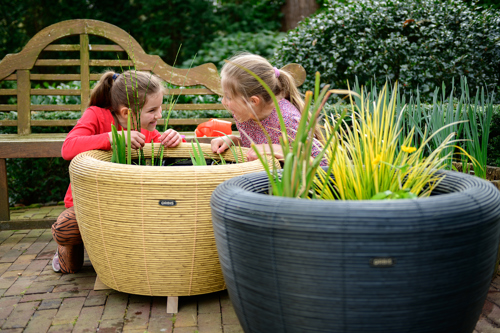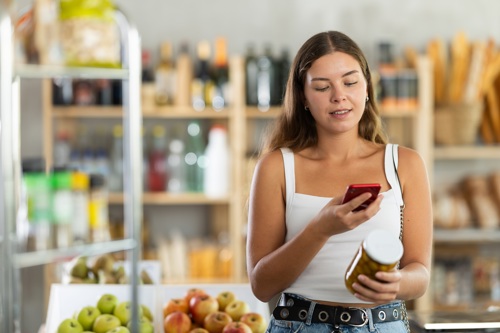Botanian’s global launch with QR Code powered by GS1
Under the brand name Botanian, Jiffy has unveiled a new global line specifically for home growers. From the very start, the packaging for growing pots, potting soil, and pellets features the QR Code powered by GS1. The greatest advantage: Jiffy no longer needs different packaging for every country. Scanning the QR code is sufficient to access an online manual available in 36 languages.

Jiffy is a well-known supplier of pots and potting soil for professional growers. As home cultivation is rapidly growing in popularity, the company’s headquarters in the Netherlands identified an opportunity to enter the consumer market. The result is a new brand: Botanian. “At a comparable price, our Botanian range offers products that stand out for their user-friendliness and quality. In this context, higher quality means ‘healthier’ plants that develop stronger root systems and therefore grow faster,” explains Jordy Verboom, global segment manager home & garden at Jiffy Group.
The Botanian range includes the biodegradable growing pots with which Jiffy made its name back in the 1950s. These pots are essentially compressed potting soil. “It’s a natural product that is eventually consumed by the plant’s roots and completely disappears,” Verboom notes. “The range doesn’t just include potting soil, but also pellets: small plugs of compressed material in which you can grow a seed or cutting. We offer these together with small propagators, so consumers can get started growing straight away.”
More efficient and sustainable
To highlight the QR code, it’s printed extra large on the packaging, accompanied by a clear invitation to scan. “We notice that retailers in some countries are still getting used to this. They sometimes ask why we aren’t supplying packaging in their own language. Once we explain the reasoning, their concerns are usually resolved,” says Verboom. “Think about a bottle of wine, its label is often in French or Italian, with a QR code next to it. If that works for wine, why not for our products?”
Using the QR Code powered by GS1 is not just more efficient but also more sustainable. If you want to introduce packaging in 36 languages, you would have to keep stock of all those versions. “You’ll never use up all that stock. When you want to update the artwork, you’re always left with surplus packaging you have to throw away,” Verboom explains. “Plus, we don’t need to change the packaging as often. If the product or manual changes, we simply update the online product page. The packaging and QR code can stay exactly the same.”

More efficient and sustainable
To highlight the QR code, it’s printed extra large on the packaging, accompanied by a clear invitation to scan. “We notice that retailers in some countries are still getting used to this. They sometimes ask why we aren’t supplying packaging in their own language. Once we explain the reasoning, their concerns are usually resolved,” says Verboom. “Think about a bottle of wine—its label is often in French or Italian, with a QR code next to it. If that works for wine, why not for our products?”
Using the QR Code powered by GS1 is not just more efficient but also more sustainable. If you want to introduce packaging in 36 languages, you would have to keep stock of all those versions. “You’ll never use up all that stock. When you want to update the artwork, you’re always left with surplus packaging you have to throw away,” Verboom explains. “Plus, we don’t need to change the packaging as often. If the product or manual changes, we simply update the online product page. The packaging and QR code can stay exactly the same.”
No rocket science
Implementing the QR code presented hardly any issues. It took a little time to figure out how to generate the QR codes within GS1’s online portal, but that was it. There was no need to change any IT systems. “It’s really not rocket science, especially as the range currently only covers about thirty products,” Verboom emphasises. “It will get more complex in future if we want to improve traceability with batch numbers in the QR code, especially as, in most cases, we don’t package the products ourselves. But that’s not the case for now.”
Another unused option is the GS1 Resolver, a smart redirection system which can send users to different web pages depending on their device, app, location, language, or even the moment they scan. “That would let someone with a Spanish IP address, for example, land directly on a Spanish-language page, but we haven’t opted for that. At present, every customer reaches the same product page,” notes Verboom. “It’s a great option, though, because for a promotion we could direct consumers to a temporary campaign page without altering the QR code.”
United Kingdom
Verboom is aware the QR code will offer further opportunities in future, but for now that’s not his main focus. “Now the groundwork is done, selling the product is our biggest priority,” he says. “The Botanian products are now available in garden centres across the United Kingdom, where home growing is hugely popular. They’re also available via Amazon. Meanwhile, we are in discussions with partners and retailers in other countries, from the Netherlands to Germany and from Japan to South Africa. Trials have already started in some places, including Indonesia.”



